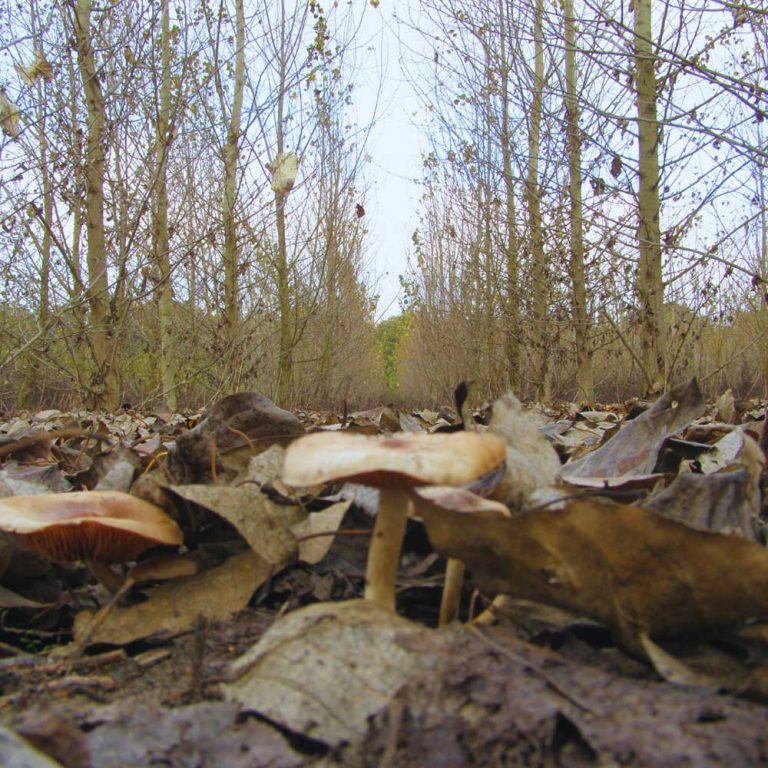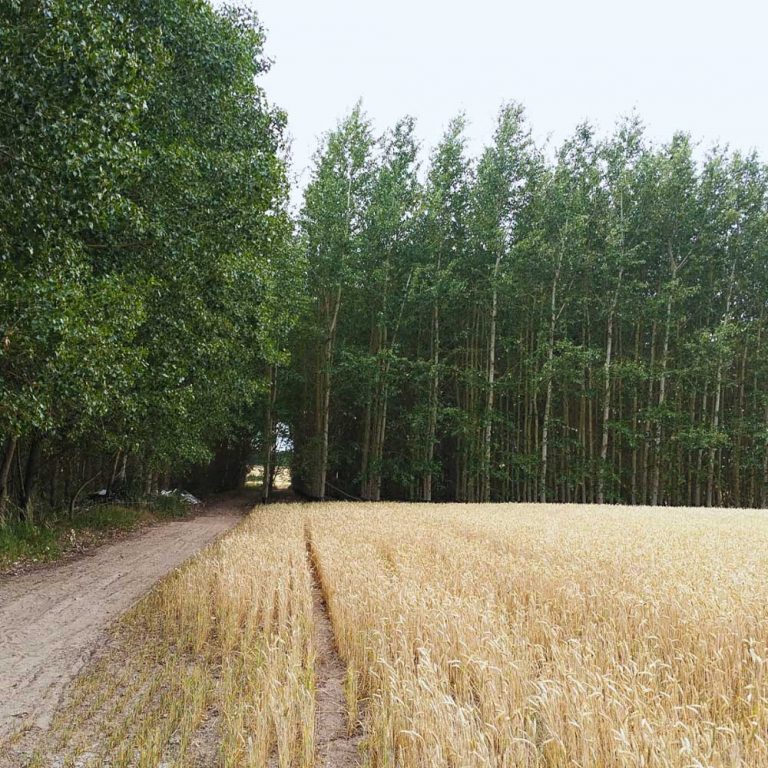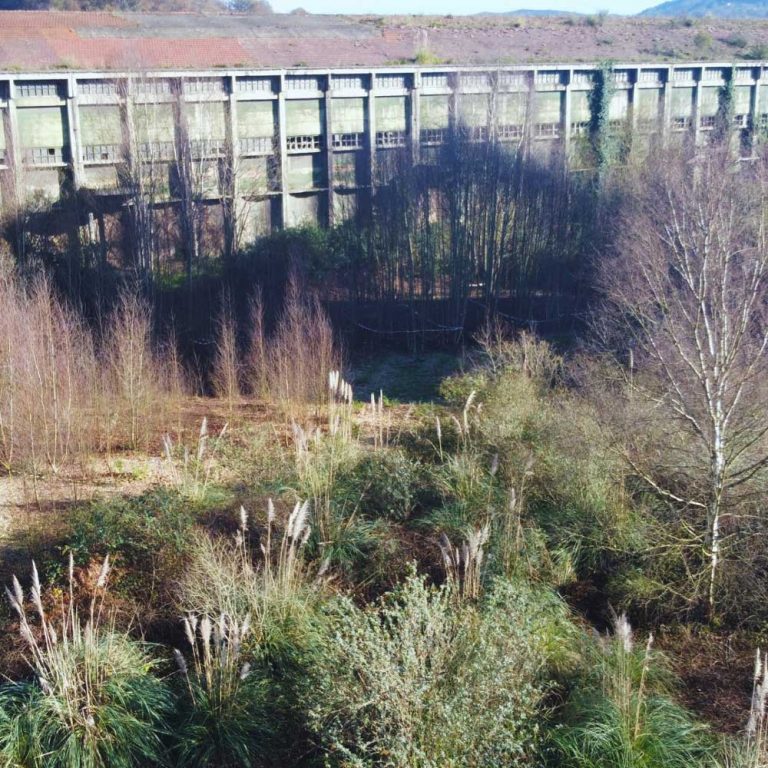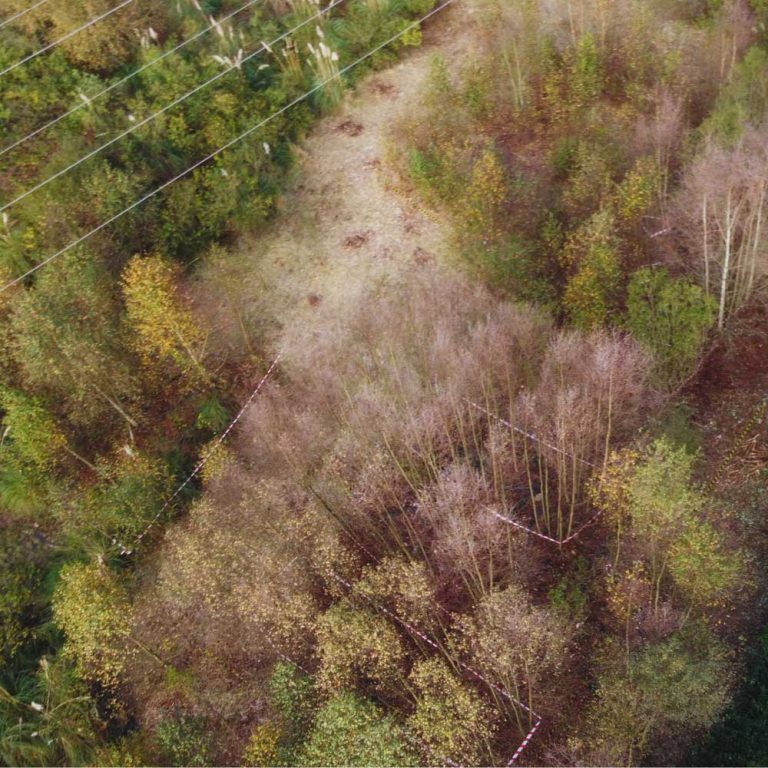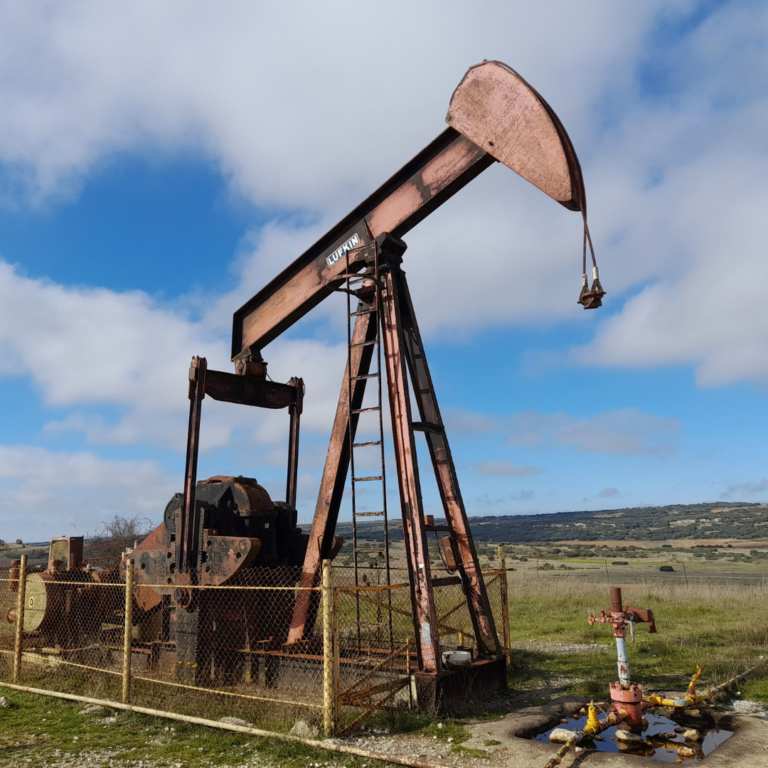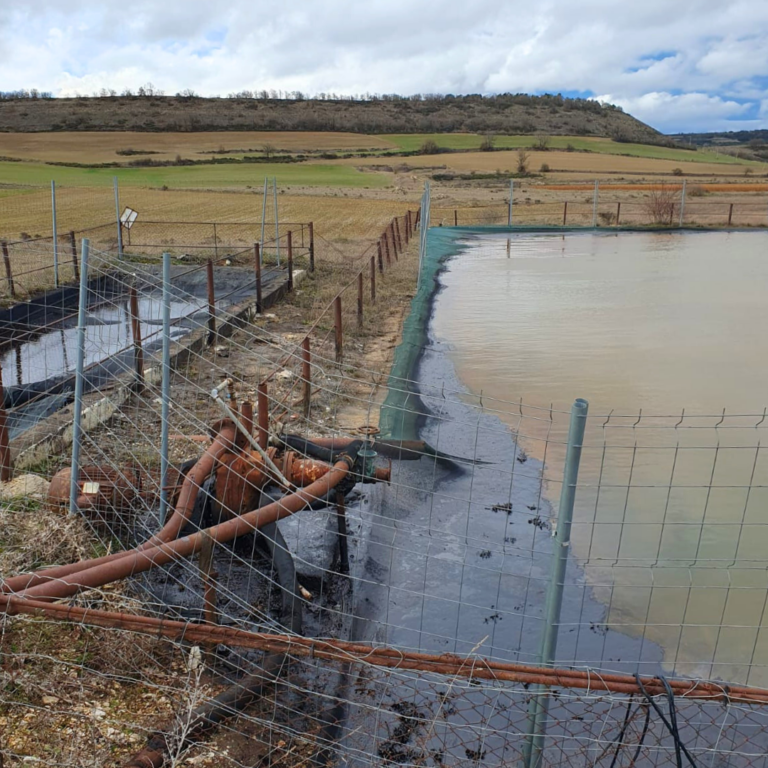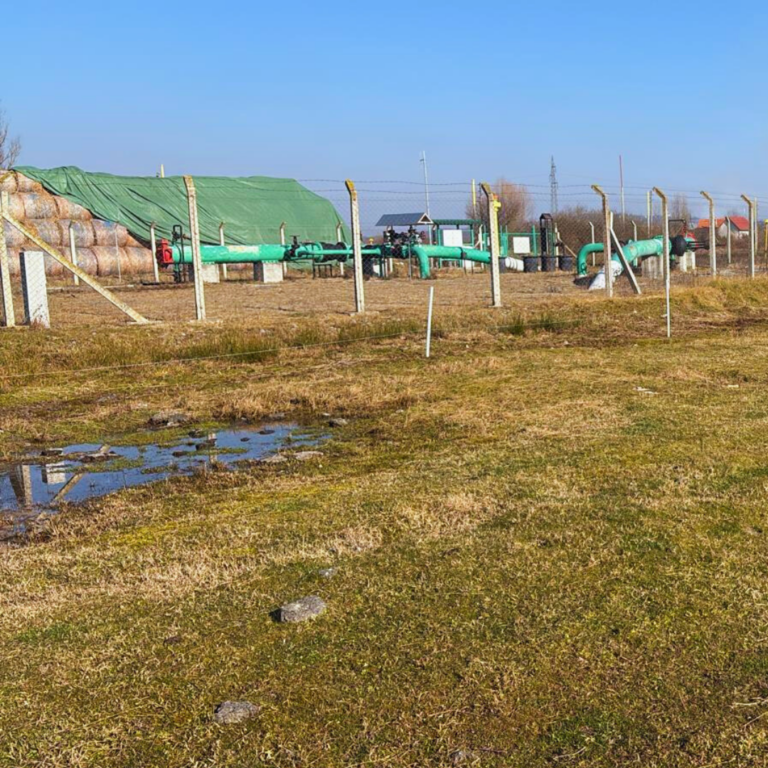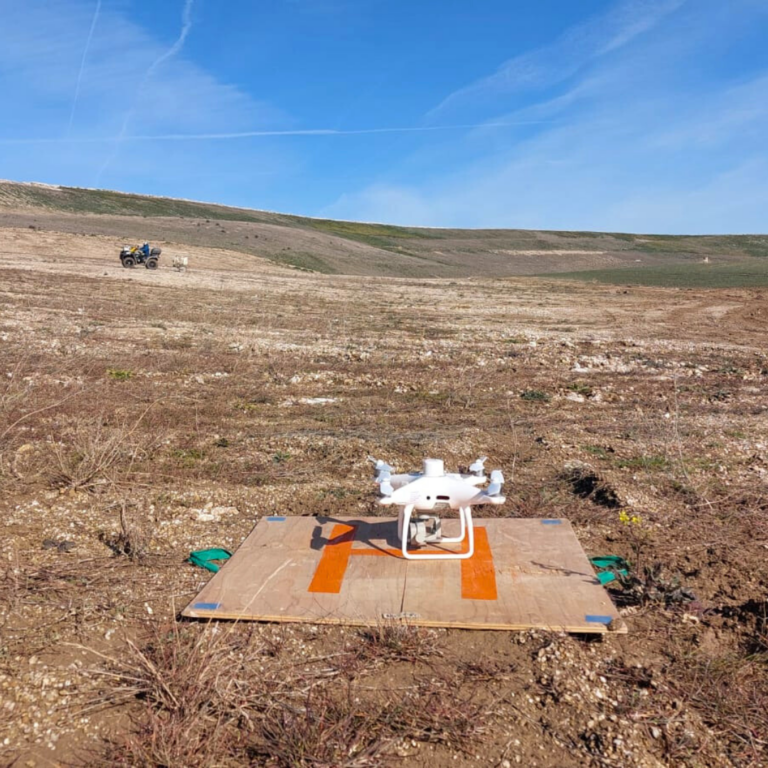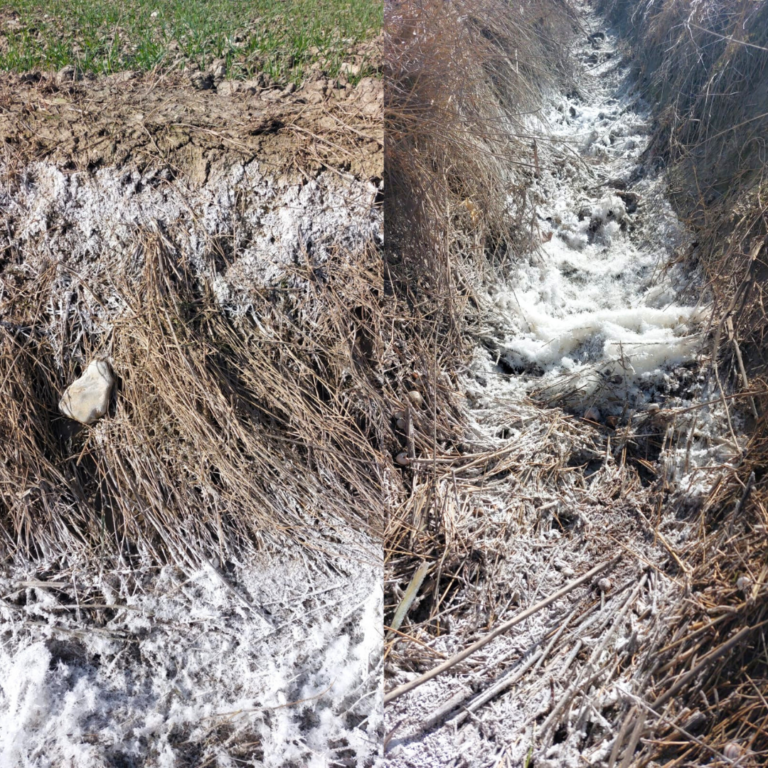The pHYBi project has identified several case studies as phytomanagement trials to investigate diverse approaches for managing contaminated sites across Europe. These case studies will provide historical data, compiled at the project’s outset, as well as biomass resources for initial activities. Throughout the project, two additional monitoring campaigns will be conducted, resulting in a robust dataset from long-term phytomanagement trials.
The trials focus on utilizing trees such as poplar, birch and willow alongside herbaceous crops such as miscanthus and hemp. These plants are combined with microorganisms and soil amendments to remediate soils affected by industrial contamination, wastewater, or salinity.
The studies investigate innovative techniques such as bioaugmentation, nanobioremediation, and the use of endophytic fungi to enhance the efficiency of phytoremediation while producing biomass for a circular economy approach for the textile industry.
CS1 Former agricultural cropland
Location: In the region Northwest of Paris at Pierrelaye (49° 01′ 47.600″ N, 2° 10′ 34.200″ E)
Pollution History:
From the late 19th century to the early 21st century, raw domestic wastewater containing organic matter and salts was discharged onto this field. As a result, (toxic) trace elements such as Pb, Cu, Zn, and Cd accumulated to concentrations exceeding 10 times those found in a non-irrigated local reference soil. Additionally, data from the BIOSYSMO project revealed the presence of PAHs and pesticides at the site.
Phytomanagement strategies proposed by pHYBi:
- Utilisation of existing poplar biomass
- Isolation of endophytic fungal inocula
- Screening for novel poplar hybrids with improved yields under poor soil conditions
- Exploration of the interaction between the two organisms
Keywords: Agricultural site, Poplar trees, Poplar hybrids, Endophytes, GEM models
CS2 Post-industrial brownfield
Location: Langreo, Asturias (43° 17′ 41″ N, 5° 41′ 0″ W )
Pollution History:
Since the 19th century, Langreo in Asturias has been one of Spain’s key industrial hubs. This 20-hectare area hosted coal mining, coal-fired power plants, and steel and chemical industries. Among them, the Nitrastur fertilizer plant—one of Spain’s largest brownfield sites—significantly contributed to the region’s pollution before its abandonment in 1997. The primary contaminants on this site are heavy metal(loid)s, with highly bioavailable grain-sized pyrite ashes containing Pb, Zn, Cd, and Cu spread across the site. Additional pollutants include slags, coal waste, hydrocarbons, and PAHs.
Phytomanagement strategies proposed by pHYBi:
- Evaluation of different trees for phytoextraction and phytostabilisation
- Testing of new experimental parcels
- Nanobiophytoremediation with nanoparticles as amendments
- Bioaugmentation
- Biomass-derived amendments for assisting soil phytoremediation
Keywords: Post-industrial site, birch & willow trees, nano/bio amendments, bacteria, GEM models
CS3 Different sites with mixed pollution
Location: Different sites in Spain and Coratia
Background:
The various sites are affected by organic contaminants from various industrial activities, including leaching from discharges containing petroleum-derived organic compounds, total petroleum hydrocarbons (TPHs), polyaromatic hydrocarbons (PAHs) and heavy metals. pH levels at the sites vary from very acidic to alkaline. While concentrations of PAHs, heavy metals and metalloids meet industrial soil criteria, mineral oil levels are consistent with those found in agricultural soils.
CS3a Oil affected area in Sargentes de la Lora, Spain
The site, located in Sargentes de la Lora (north of Burgos), within the Ayoluengo oil field, is relevant due to the possible contamination caused by oil activities in the area.
Factors of interest have been identified, such as the presence of hydrocarbon residues and possible impacts on soil and water. In particular, a zone where a spill has occurred has been detected, making it a critical point for analysis, as well as a pond on the outskirts of the facility, where traces of oil can still be seen. Sampling has begun.
Key highlights:
- There is a remediation plan for this area, but it has not yet begun.
- There are cultivated fields owned by farmers or the community in the surrounding areas.
- These are currently being used for wheat production.
CS3b Storing site for Hydrocarbons in Burgos, Spain
The site is located in the center of Burgos, where Compañía Logística de Hidrocarburos (CLH) previously operated a petroleum products storage facility.
This site is of particular interest due to potential contamination resulting from its historical use as a hydrocarbon storage facility. Such sites often face challenges related to soil and groundwater contamination, which can pose environmental and health risks if not properly managed.
Key highlights:
- CLH has undertaken remediation activities at this site to address environmental concerns.
- According to the company’s Integrated Report, soil remediation work has resumed at the old Burgos plant, indicating ongoing efforts to mitigate contamination.
- To date, access to the site has been granted, but sampling has not yet taken place. As a result, no photographs of the area are available at this time.
CS3c Oil affected area in the Sisak-Molsavina region, Croatia
The site is located in Donja Gracenica, in the Sisak-Molsavina region in Croatia.
Due to the fact that there was a large oil spill a few years ago, this location is of interested.
More information will follow soon.
Phytomanagement strategies proposed by pHYBi:
- Phytoremediation strategies for mixed contamination
- Cultivation of miscanthus and hemp
- Testing the synergistic effects of bacterial inocula (endophytic and rhizosphere bacterial inocula), mycorrhizal and symbiotic fungi, biomass amendments.
Keywords: Industrial site, Miscanthus & hemp, Bio amendments, Bacteria, Mycorrhiza, GEM models
salt-affected agricultural soils
Location: Santa Marta, Spain (42º 49′ 2.14″ N, -3º 9′ 41.68″ W)
Pollution History:
In the municipality of Cerezo industrial activity related to sodium sulfate production from glauberite mineral has directly impacted approximately 150 hectares of land. Additionally, agricultural soils in the surrounding area are experiencing salinity issues. Saline soils are defined by electrical conductivity values in saturated paste exceeding ECe > 4 dS/m.
Phytomanagement strategies proposed by pHYBi:
- Organic amendments (biochar, compost) to improve soil chemistry, fibre crops and rhizobacterial inoculation
- Salt-tolerant crops such as miscanthus and hemp (high lignin and fibre)
Keywords: Salt-affected agricultural site, Miscanthus & hemp, Bio amendments, Bacteria, Mycorrhiza, GEM models
